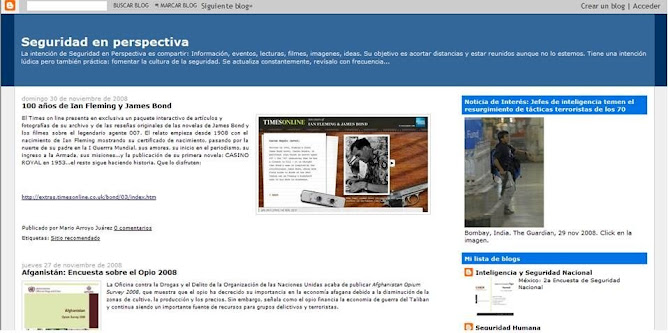The National Crime Victimization Survey (NCVS) series, previously called the National Crime Survey (NCS), has been collecting data on personal and household victimization since 1973. An ongoing survey of a nationally representative sample of residential addresses, the NCVS is the primary source of information on the characteristics of criminal victimization and on the number and types of crimes not reported to law enforcement authorities. It provides the largest national forum for victims to describe the impact of crime and characteristics of violent offenders. Twice each year, data are obtained from a nationally representative sample of roughly 49,000 households comprising about 100,000 persons on the frequency, characteristics, and consequences of criminal victimization in the United States. The survey is administered by the U.S. Census Bureau (under the U.S. Department of Commerce) on behalf of the Bureau of Justice Statistics (under the U.S. Department of Justice).The NCVS was designed with four primary objectives: (1) to develop detailed information about the victims and consequences of crime, (2) to estimate the number and types of crimes not reported to the police, (3) to provide uniform measures of selected types of crimes, and (4) to permit comparisons over time and types of areas. The survey categorizes crimes as "personal" or "property." Personal crimes cover rape and sexual attack, robbery, aggravated and simple assault, and purse-snatching/pocket-picking, while property crimes cover burglary, theft, motor vehicle theft, and vandalism. The data from the NCVS survey are particularly useful for calculating crime rates, both aggregated and disaggregated, and for determining changes in crime rates from year to year.
The National Crime Victimization Survey (NCVS) series was designed to achieve three primary objectives: to develop detailed information about the victims and consequences of crime, to estimate the number and types of crimes not reported to police, and to provide uniform measures of selected types of crime.
All persons in the United States 12 years of age and older were interviewed in each household sampled. Each respondent was asked a series of screen questions to determine if he or she was victimized during the six-month period preceding the first day of the month of the interview. Screen questions cover the following types of crimes, including attempts: rape, robbery, assault, burglary, larceny, and motor vehicle theft.
The data include type of crime; severity of the crime; injuries or losses; time and place of occurrence; medical expenses incurred; number, age, race, and sex of offender(s); and relationship of offender(s) to the victim (stranger, casual acquaintance, relative, etc.). Demographic information on household members includes age, sex, race, education, employment, median family income, marital status, and military history. A stratified multistage cluster sample technique was employed, with the person-level files consisting of a full sample of victims and a 10 percent sample of nonvictims for up to four incidents.
The NCVS data are organized by collection quarter, and six quarters comprise an annual file. For example, for a 1979 file, the four quarters of 1979 are included as well as the first two quarters of 1980.
Years Produced: Updated annually
viernes, 3 de octubre de 2008
Suscribirse a:
Enviar comentarios (Atom)
Archivo del blog
-
▼
2008
(12)
-
▼
octubre
(11)
- Guía de identificación de víctimas de catástrofes
- Victimización en la perspectiva internacional
- 2006-07 British Crime Survey (England and Wales) T...
- The Commercial Victimisation Survey (CVS)
- Offending, Crime and Justice survey
- Scottish Crime and Victimisation Survey
- Northern Ireland Crime Survey
- The British Crime Survey (BCS)
- The National Crime Victimization Survey (NCVS)
- THE 2004/05 INTERNATIONAL CRIME VICTIMS SURVEY
- The European Crime and Safety Survey (EU ICS)
-
▼
octubre
(11)

No hay comentarios:
Publicar un comentario